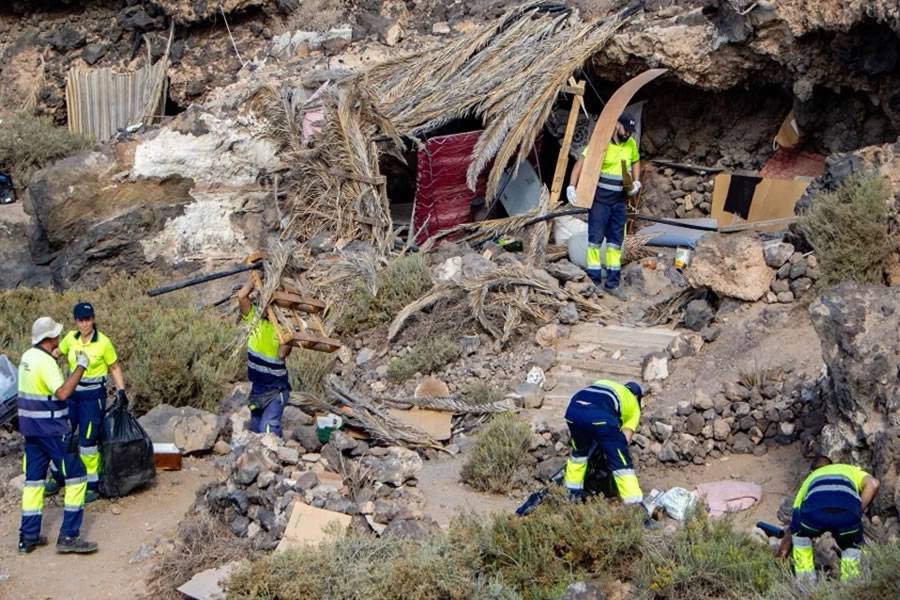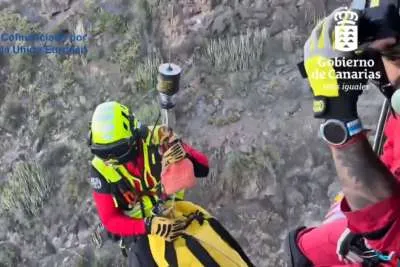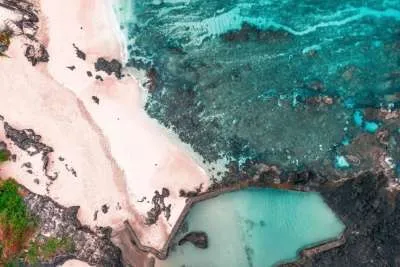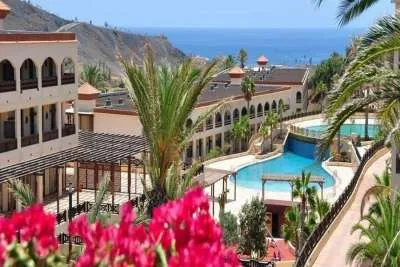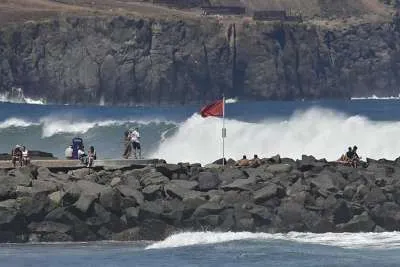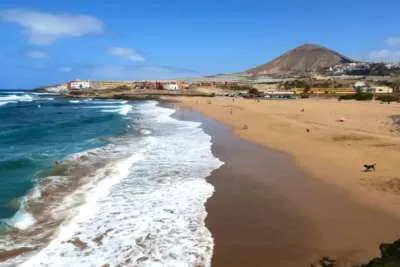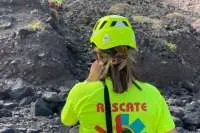Illegal cave settlers threaten ravines in southern Tenerife
- 27-06-2025
- Tenerife
- Canarian Weekly
- Photo Credit: Policia Local
The growing number of illegal cave dwellings in the ravines of southern Tenerife is raising alarms among environmental experts and local authorities. These settlements, found mainly in areas like Granadilla de Abona and Arona, are damaging native ecosystems and creating ongoing legal and environmental concerns.
While some people are taking shelter in these caves out of necessity, many are foreign nationals choosing the lifestyle voluntarily. In several cases, caves have been modified with makeshift terraces or living areas, attracting people looking for solitude or alternative living arrangements.
Last week, Arona Town Hall hosted a multi-agency meeting involving various police forces and local government representatives to coordinate a plan in response to the issue, which has worsened in recent years. Authorities stressed the need for a social approach, particularly in addressing homelessness, alongside enforcement.
In 2024 alone, Granadilla de Abona dismantled 45 illegal settlements, some near protected coastal zones, affecting around 100 people, mostly of European nationality, according to the council.
Environmental Consequences
Environmental educator José Carlos Herrero explained that these unregulated settlements do more than alter the landscape; they erode the soil, disrupt water cycles, and threaten native flora and fauna. Human activities like recreational gatherings also bring noise pollution, waste, and invasive species like rats, placing pressure on already fragile habitats.
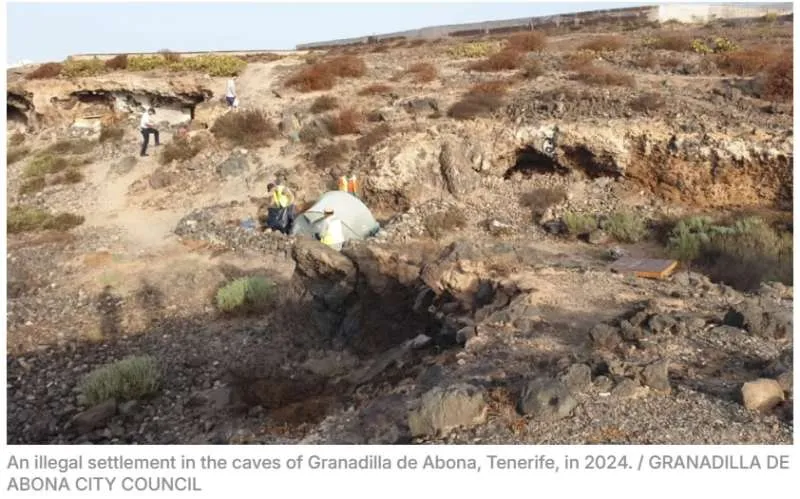
Migratory birds and other wildlife are particularly affected, especially in protected areas near the coast. Illegal construction, tree-cutting, and even fires can result in the loss of habitats and long-term degradation of the area’s natural value, even if the land isn’t officially protected.
Herrero warns that beyond the visual and ecological damage, these changes undermine the natural “ecosystem services” that such ravines provide, such as flood control, biodiversity, and the overall scenic beauty that draws tourists and supports local communities.
Other articles that may interest you...
Trending
Most Read Articles
Featured Videos
A Vision of Elvis Tenerife Promo
- 10-05-2025
TEAs 2025 Highlights
- 17-11-2025


